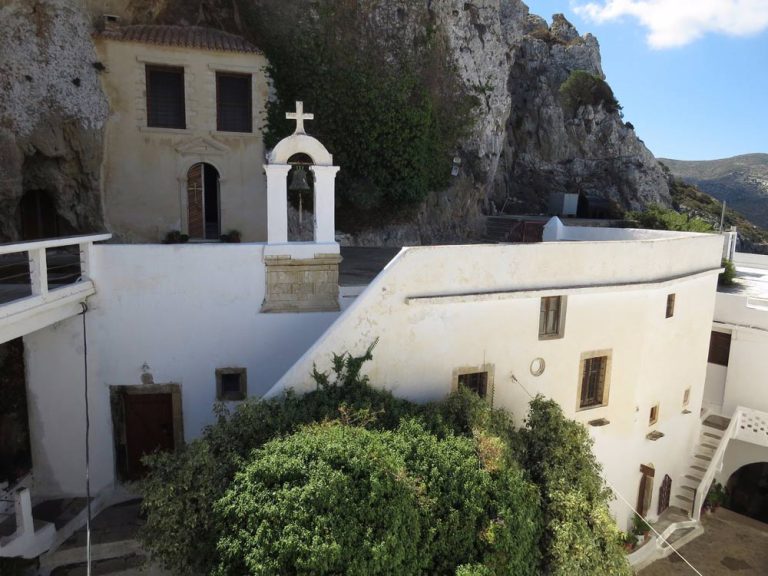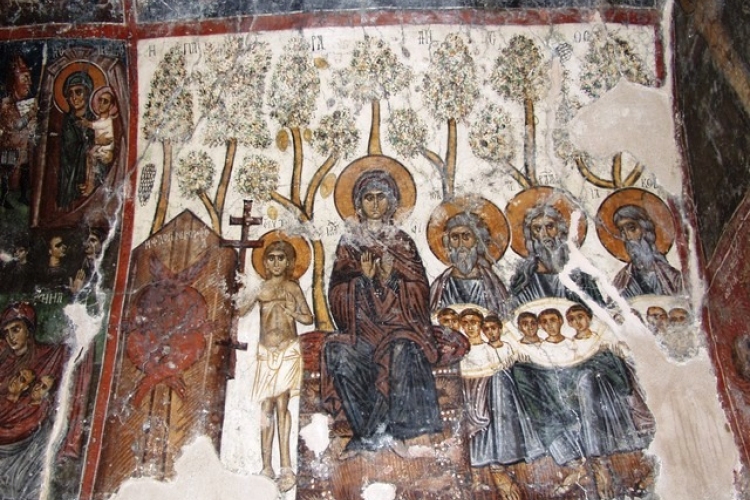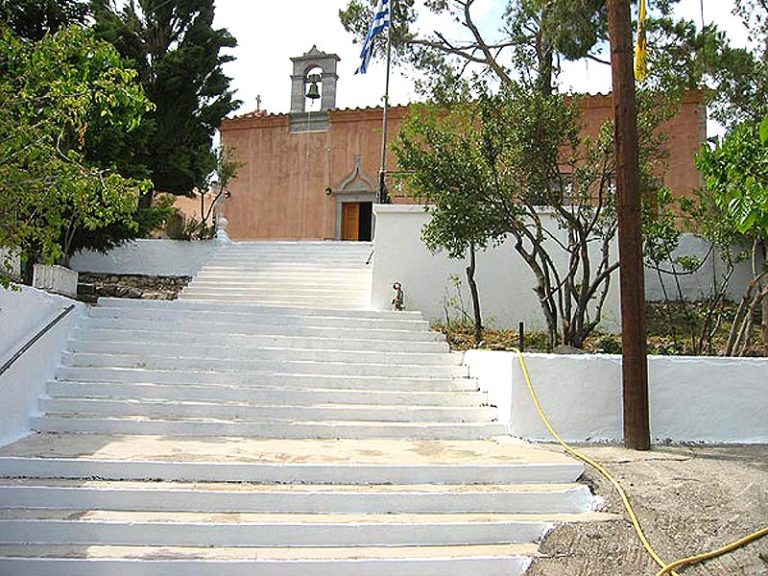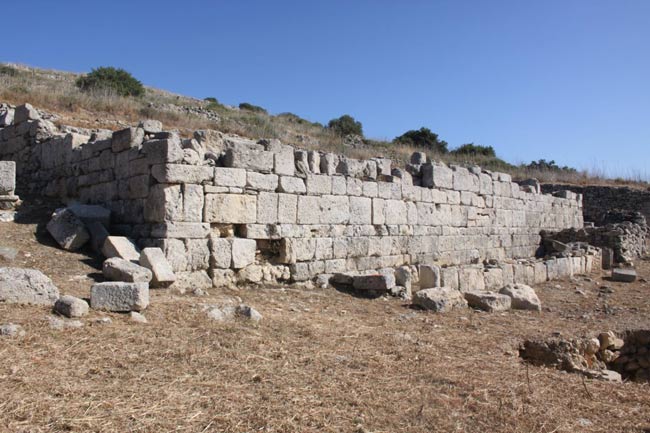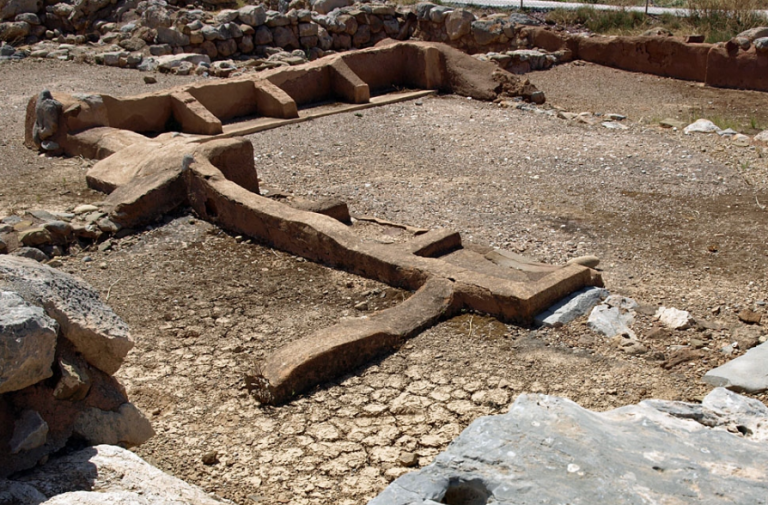Favourite
The monastery of Faneromeni is located near the Cape of Trachils in Sitia’s northwest district, with access to the magnificent canyon of Agios Pantos and breathtaking views of the surrounding area. It is located near the seaside and may be visited when traveling from Agios Nikolaos to Ierapetra. Gournia is the name of the general area, as well as the Read more…
Favourite
The ancient Byzantine church of Panagia Kera is located near the hilly town of Kritsa. This is one of Crete’s most prominent churches, situated in a spectacular location high in the Dikte Mountains, at an elevation of 630 meters, overlooking a valley. Panagia Kera is a church dedicated to the Assumption of the Virgin, for which there is no credible Read more…
Favourite
The Kroustalenia Monastery is located 42 kilometers east of Agios Nikolaos, near the settlement of Agios Konstantinos. It is situated on a hill at a height of 800 meters, surrounded by a rocky and green environment. The Virgin Mary is honored in the Kroustalenia monastery. The earliest structure was built in 1241, during the early years of Venetian dominance. When Read more…
Favourite
Ancient Pressos is located in the Lassithi interior region of eastern Crete. Pressos was a significant ancient town that lasted for many millennia, from the Neolithic to the Hellenistic periods. Eteocretans, the real Cretans, had their homeland here. Because the town was built on three hills, it had three Acropolis. It grew greatly throughout the Minoan period, as evidenced by Read more…
Favourite
Ierapetra is known for its Kales Fortress. On the northern sea wall of the harbour, the Venetians erected Kales Fortress to keep an eye out for enemy ships and safeguard the harbor against Arab pirates. This castle is thought to be built on the foundations of an earlier stronghold. The stronghold of Kales is a relic of its era, with Read more…
Favourite
The Minoan Palace of Zakros lies 45 kilometers southeast of Sitia town and 100 kilometers southeast of Agios Nikolaos, Lassithi. Excavations revealed that the floor layout of this palace was comparable to that of other Minoan palaces in Crete, and that it was constructed in the 19th century BC before being renovated about 1600 BC. The site was found by Read more…
